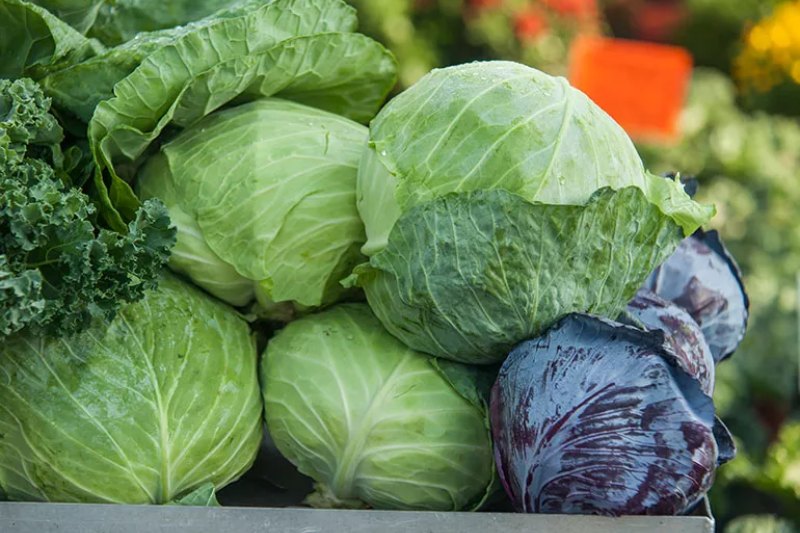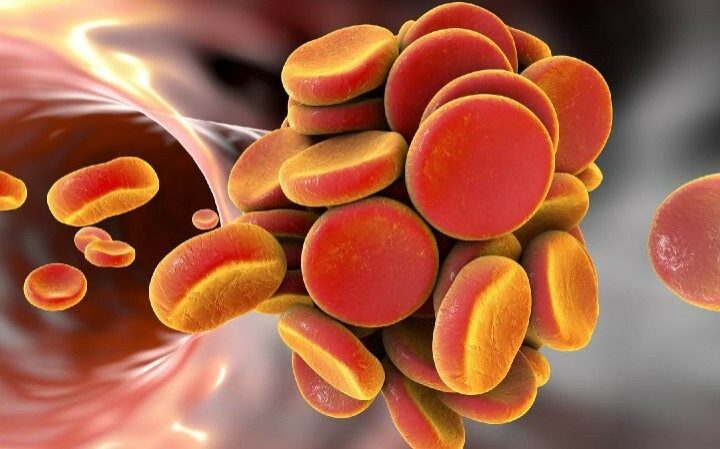The 41 fruits and vegetables on the list that are the highest in nutrients were published by the CDC in 2014, and the list was dubbed “powerhouse fruits and vegetables.” It was an evidence-based answer to the term “superfood,” which is frequently used without much proof. The CDC has identified 41 foods that are powerhouses because they are so nutrient-dense that they lower the risk of chronic illness. Moreover, several of these foods are incredibly reasonably priced.
That survey states that watercress, a peppery green that tastes great in salads or wilted in olive oil, is the vegetable with the highest vitamin content. However, watercress isn’t very cheap or convenient because it’s so sensitive. So where would the overlap be on a Venn diagram between powerhouse foods and inexpensive foods? Here are the top five budget-friendly superfoods and some tips for utilizing them.
1. Chinese or Napa Cabbage
Just behind watercress, napa cabbage is the second-most nutrient-dense item on our list. It’s also frequently inexpensive, especially if you live close to an Asian supermarket. The oblong Napa cabbage has green, wrinkled leaves that gradually fade to a white stem. When consumed raw, as in this slaw, it is crisp and very reviving. Cooking it makes it even more sweet and mellow, which makes it an excellent option for a stir-fry. It is frequently the primary ingredient in kimchi, where it is fermented and salted, producing naturally occurring probiotics that enhance the nutritional value of the cabbage.
2. Turnip and Beet Greens
Beet and turnip greens are inexpensive because, well, you get beets and turnips with them! Don’t throw them out because you’re getting two veggies for the price of one! Non-thrifty folks ask for the greens to be cut off, so if you ask around at your farmers’ market, you might be able to get a bag for free. In addition to being incredibly simple to prepare, beet and turnip greens are higher in vitamins and minerals than kale. Toss them with garlic and chili flakes in olive oil to wilt them easily. Serve them raw, as in this golden beet and beet green soup, or roasted beet and beet green salad, or as a buttery sauté of
3. Cabbage
Compared to their cruciferous family relatives, such as Brussels sprouts and kale, red and green cabbages lack the frilly good looks of Napa cabbage and the trendy appeal of those vegetables. However, cabbage gets so little credit: It’s tasty, adaptable, and frequently rather affordable. It can be roasted till it becomes sweet, grilled, or even made into a taco slaw topper. It can even be made to look like a steak.
4. Tomato
Even though they are delicious when in season, fresh tomatoes are not very inexpensive. However, tinned tomatoes can sometimes be a great value. Furthermore, premium canned tomatoes not only taste great, are incredibly convenient, and are reasonably priced, but they also provide lycopene, which raw tomatoes do not. That pigment has antioxidant properties, but it only becomes active when something is heated, such in the case of canned tomatoes. Money in the bank is what canned tomatoes are. Use them for quick and easy dinners like spaghetti with tomato and spinach, sausage, bean, and tomato ragout, or poached eggs in tomato sauce.
5. Turnips and Rutabagas
For your money, that’s a lot of root vegetables. Turnips and rutabagas belong to the cruciferous family and taste harsh and radishy raw, but when cooked, they become sweet and mellow. They can be roasted with maple syrup, mashed with potatoes for a healthier mash, or made into crispy fries.
- Help your family and relatives during the holiday period with these four iPhone tips - December 27, 2024
- Developer Preview 2 of Android 16 is released by Google - December 27, 2024
- Consuming These Items ‘Can Add 13 Years To Your Life’ - July 13, 2024








